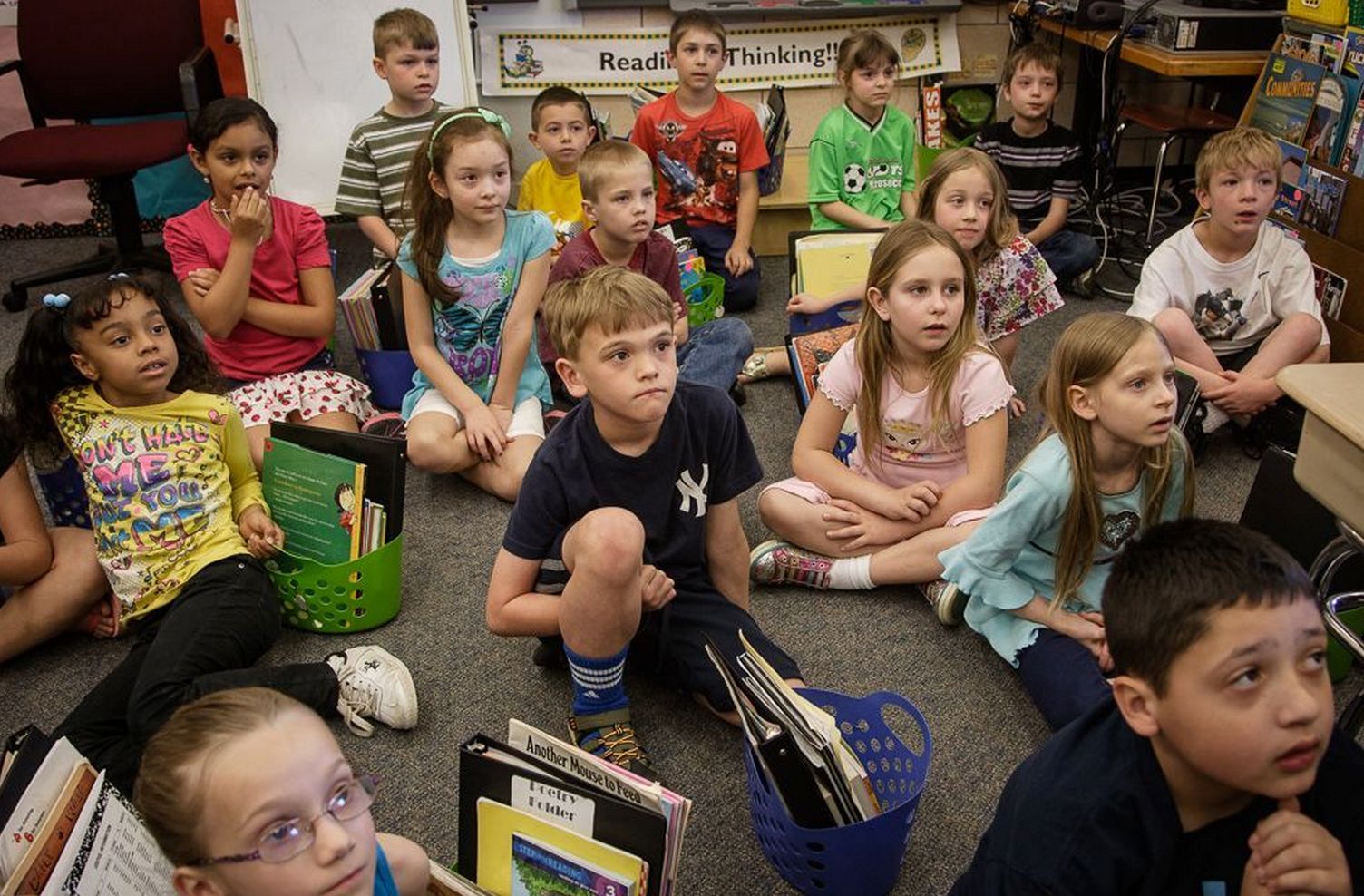Lori Sabo
Disney/Pixar once commissioned research that led to some interesting conclusions. “More than half of all children aged 3–8 said story time was their favorite pastime with their parents.” Sharing books is so powerful for bonding and learning that it ranked higher than television or video games in terms of enjoyment.

What does that have to do with us and our classroom lives? Many of our students come to us not knowing the joy of being read to. This gift of sharing stories is just as powerful in the classroom as it is at home. A kind of magic happens when, together, we journey to the fair with Charlotte and Wilbur; wait for rescue on the bottom of the ocean with Edward Tulane; hide in the hamper with Junie B; and find the golden ticket with Charlie Bucket. We bond, become family, and learn and grow as we take these daily field trips through books.
It was at a reading conference in Chicago a few years ago that I asked a second-grade teacher what books she had read to her students that they loved. Her reply, “Oh, I don’t read to them anymore now that they can read themselves,” still brings a sense of sadness.
The International Reading Association and the National Association for the Education of Young Children agree that the single most important activity for building reading success is reading aloud to children (Wells 1985; Bus, Van Ijzendoorn, & Pellegrini 1995). Yet the benefits don’t end with young children.
In Craft Moves: Lesson Sets for Teaching Writing with Mentor Texts, Stacey Shubitz shares how elementary, middle, and even high school students can learn about themselves and the world through picture books, and when given the opportunity to study them, will discover they are powerful mentor texts for influencing their own writing.
Jim Trelease has preached the positives of reading aloud for years, saying that it promotes bonding, entertains, informs, inspires, arouses curiosity, creates background knowledge, builds “book” vocabulary, and more.
And in In Defense of Read-Aloud: Sustaining Best Practice, our friend Steven Layne shares the who, what, how, and why behind this activity we hold so dear.
Standards are high. Curriculum and content are demanding. We strive to fill every moment of each day with valuable and meaningful activity and learning. That’s why we must be unwaveringly committed to our read-aloud time. It is non-negotiable. In fact, years from now, our students may not remember the science lesson we taught or the math strategy we covered, but they will remember exactly how they felt when we read these words by E. B. White:
“It is not often someone comes along that’s a true friend and good writer. Charlotte was both.”





